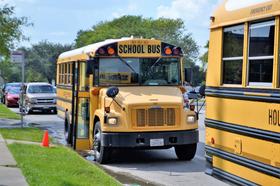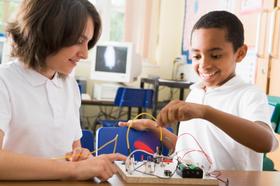Ask the experts and they all agreeŌĆö schools with robust foreign language programs can bring students to the next level.
Public schools that invest in teaching foreign languages, whether through a full-fledged program or just a few classes, are certain to see the benefit in their student body, extracurriculars, and overall reputation. Full language programs start at an early age, immersing children in language classes every year from K-12, with extracurricular clubs, field trips, and learning experiences to enhance their language education.
ItŌĆÖs clear there is currently a gap in language education. As of 2008, only 18.5% of K-12 students were enrolled in a foreign language class. From 1997 to 2008, public and private elementary schools offering foreign language instruction decreased from 31% to 25%. These numbers are simply not acceptable.
This video outlines the benefits of learning a foreign language.
There are many reasons why schools, even those at the most elementary levels, should institute a foreign language program into their core curriculum. Dr. Jennifer Austin, an associate language professor at Rutgers University, is an adamant believer in the benefits of language studies. ŌĆ£Researchers have found that there are lifelong cognitive and academic benefits to becoming bilingual.ŌĆØ
Robert Riger, Vice President and Director of Pimsleur Language Programs, believes foreign language is the gateway to the rest of the world. ŌĆ£At an age where students begin to form individual preferences, dreams, and set priorities,








































